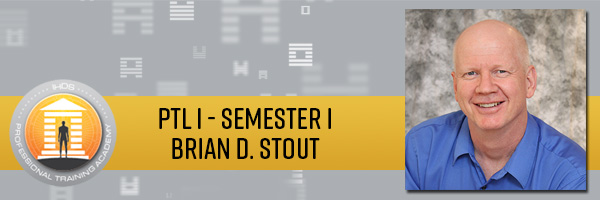Beyond the technical information and mechanical structures explored in PTL1, there are at least three other skill sets or talents that are taught; Synthesizing, Layering, and Blending. This is where the PTL1 Course takes on the feel of being an apprenticeship; the almost forgotten process of a novice interacting with and learning from someone with greater mastery in the field. The entire point of an apprenticeship is to gain more than the labels, tips, and techniques anyone could read in a manual and to acquire a wisdom that surpasses knowledge.
Synthesizing could easily be referred to as the talent of a Certified Analyst. Life does not conform to a “one size fits all” dogmatic. Each day is unique; each interaction with another is unique (even if it is another that you see every day); each person is absolutely unique! Therefore, as in Life, one element or aspect of the BodyGraph cannot be treated equally from one person to the next. The talent of Synthesizing is seeing and speaking of a BodyGraph recognizing that each element of a BodyGraph alters how any one element of a BodyGraph is expressed. We live our Energies in a manner that is integrated, holistic, and unified and the Talent of Synthesizing honors this.
One of the most obvious identifiers of someone who knows a lot about Human Design but has no clue how to deliver a Foundation Reading is the lack of recognizing what is central and critical to functioning within the Energy and what is trivia that might be interesting but is, ultimately, not helpful in witnessing, observing, and experimenting with the Energy as it is designed. The skill and talent of Layering sifts through the massive amounts of information and technical data found in a BodyGraph, reducing it all down to what is most relevant, practical, and applicable for the novice. Imagine a child coming to an adult asking, “Can you show me how to tell time?” and the adult rockets off into a 3 hour dissertation about the rotation of the Earth, its orbit around the Sun, the history of and theory of time, how it was all universalized several centuries ago and how, due to train schedules, the concept of time zones was created. The child, bewildered, says, “But, how do I know what time it is?” My point is that more information does not equate to a better Foundation Reading. In PTL1, we strengthen the skill and talent of the Analyst in determining what information is critical and how to communicate that to the Client.
The skill and talent of a Human Design Analyst can truly only be acquired through practice and the feedback from someone who has attained mastery at reading BodyGraphs. I refer to it as Blending but it could also be referred to as Keynoting. This is the ability to see a BodyGraph as more than the sum of its parts; it recognizes that a Foundation Reading is more than simply conveying technical data and labels. This is the talent that prevents any computer program, no matter how sophisticated, from providing a Foundation Reading. All that a computer can do is run down the generalized information. It takes a trained Human Design Analyst to recognize the unique nature of each Energy illustrated in a Rave BodyGraph. Only an apprenticeship interaction can convey this skill. You just can’t pick it up from a book.
Next Article: The Rave Mandala and BodyGraph; The Essential Structures. Human Design is not just another way to profile people; fitting each person in to nice, neat little boxes that can be reduced to 6 or 7 groups. It is also far more than “Astrology on steroids”; generalizing personal characteristics based upon the date of one’s birth. In my next article, I’ll explore the deeper implications of the unique and revolutionary structures of the Rave Mandala and BodyGraph.
An Introduction to Brian D. Stout
→ Click Here for More Information and to Register








